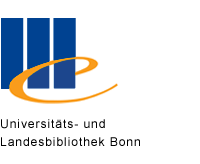In this article, we examine anti-foreigner hate crime in the wake of the large influx of asylum seekers to Germany in 2014 and 2015. By exploiting the quasi-experimental assignment of asylum seekers to German regions, we estimate the causal effect of an unexpected and sudden change in the share of the foreign-born population on anti-foreigner hate crime. Our county-level analysis shows that not simply the size of regional asylum seeker inflows drives the increase in hate crime, but the rapid compositional change of the residential population: Areas with previously low shares of foreign-born inhabitants that face large-scale immigration of asylum seekers witness the strongest upsurge in hate crime. Economically deprived regions and regions with a legacy of anti-foreigner hate crimes are also found to be prone to hate crime against refugees. However, when we explicitly control for East-West German differences, the predominance of native-born residents at the local level stands out as the single most important factor explaining the sudden increase in hate crime.

